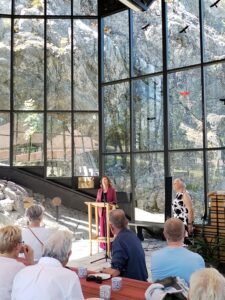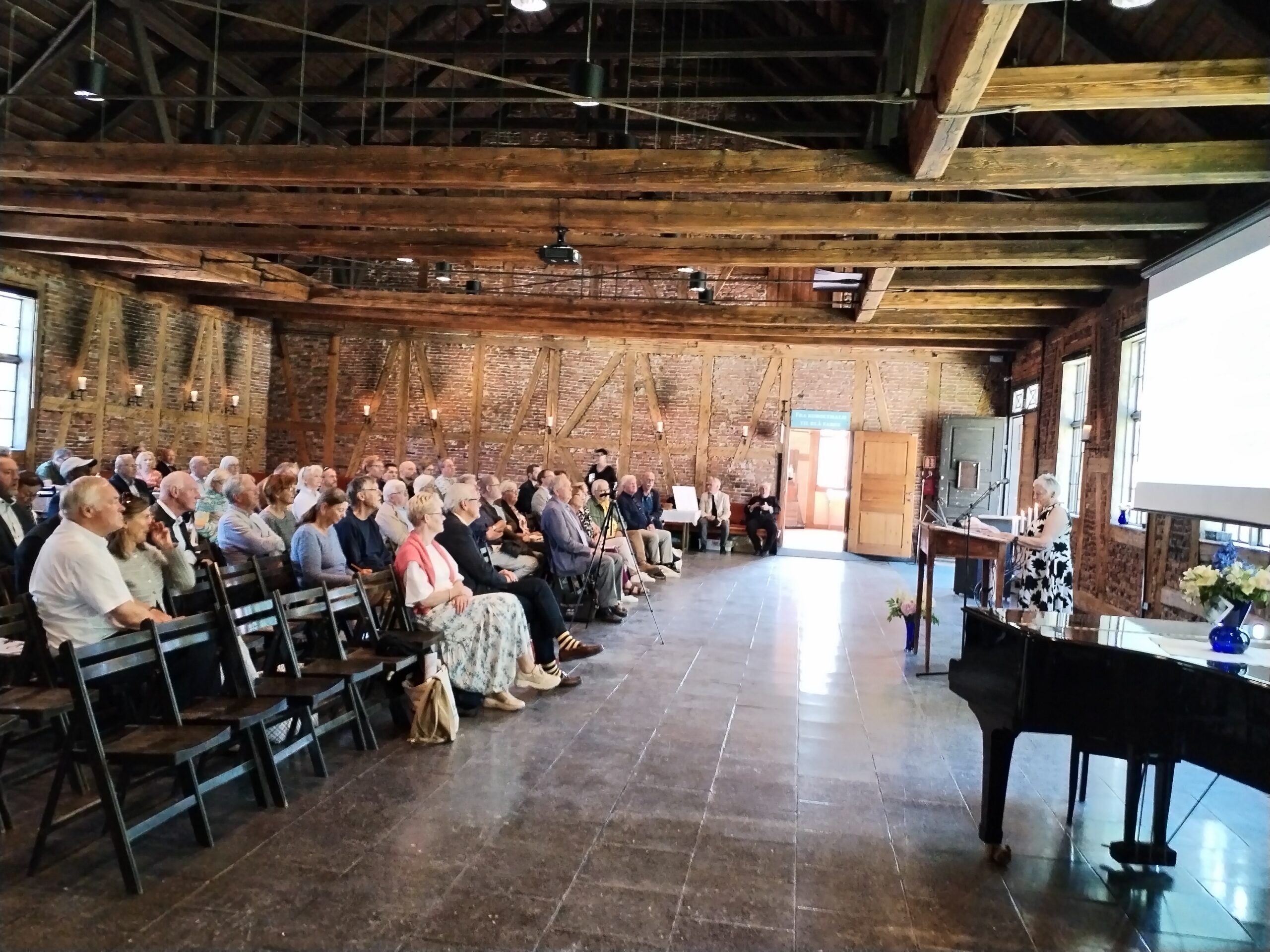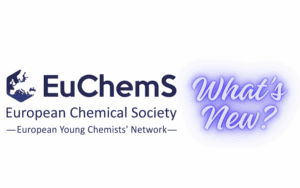The Blue Colour Works factory was founded in 1776 and operated until 1898. It produced cobalt-based blue pigment both as a finished product and in raw form, with arsenic generated as a by-product. The vibrant pigment was highly sought after for use in glazes and the coloring of glass and porcelain, as well as in artistic paints, paper, and textiles. Its products were exported worldwide, including to the UK, the Netherlands, Belgium, China, and the USA. During the 1830s and 1840s, the factory stood as Norway’s largest industrial enterprise.
The museum spans approximately 100 hectares and encompasses 60 well-preserved buildings, including historic mines, a smelting hut, an arsenic tower, and residential quarters. On 21 June 2025, a delegation from EuChemS and the Norwegian Chemical Society visited the remarkable site to witness the unveiling of the Landmark plaque. The ceremony was part of a one-day seminar featuring scientific presentations and a guided tour of the grounds.
The seminar featured a series of insightful presentations that illuminated the historical significance of the Blue Colour Works within Norway’s mining heritage, insights into its arsenic production, the discovery of cobalt, along with the mythology surrounding it, framed within the 18th-century research of the Swedish Board of Mines, and broader reflections on the history of element discoveries. Contemporary interdisciplinary research was also highlighted, focusing on tracing cobalt from mine to porcelain in the historical production, and explorations of modern applications of cobalt in waste recovery and space exploration. The Landmark Award was formally presented by EuChemS President Angela Agostiano and Brigitte Van Tiggelen, Chair of the Landmark Award Committee.
Following the ceremonial unveiling of the plaque, guests were transported to the historic mines for a one-hour guided tour. As part of the program, guests were invited to use a blowpipe to create a cobalt blue pearl with borax. The visit also included a tour of artwork by renowned Norwegian artist Theodor Kittelsen, adding a cultural dimension to the day’s scientific and historical reflections.

Director Tone Sinding Steinsvik welcomed national and international guests. Since the late 1960s, she has led the development of the museum alongside her late husband, playing a pivotal role in its growth and preservation. Her lifelong dedication has earned her numerous awards and widespread recognition. Credit: Annette Lykknes

The unveiling of the plaque. EuChemS president Angela Agostiano and Museum Director Tone Sinding Steinsvik. Credit: Annette Lykknes

The guided tour of the mines was led by museum pedagogue and historian Lasse Hermandsen Bjørnland, who provided expert insights into the site’s industrial and cultural history. Left to right: EuChemS guests Angela Agostiono, Nineta Hrastelj, Brigitte Van Tiggelen and Chiara Capodacqua, representatives from the Norwegian Chemical Society Annette Lykknes and Leiv Sydnes, and Bjørnland (in blue). Credit: Nils Maudal.



